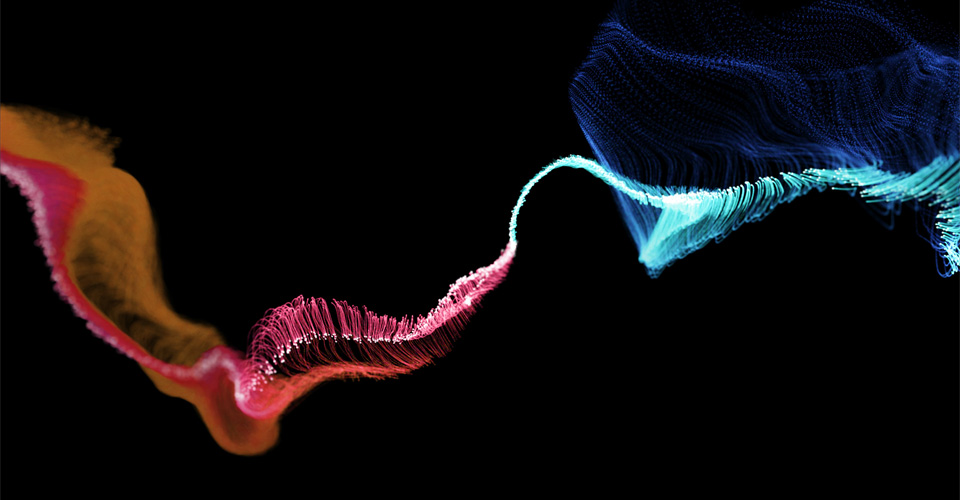Twitch and TikTok: the long and short of new media

Authenticity and influencer marketing in music media
June 22, 2021
Diversification and future proofing in uncertain times
July 1, 2021With every new twist in social media comes new opportunities. Today we’re talking about two of 2021’s freshest players: TikTok and Twitch.
Well, calling them ‘fresh’ isn’t exactly right. TikTok and Twitch have both been around for years, but both social networks have shot to previously unheard levels of consumer proliferation thanks in part to the COVID-19 pandemic, and in part due to the nature of the networks themselves.
With so many outlets for middle-form video across YouTube, Facebook, and even television streaming services such as HBO Max, both TikTok and Twitch are filling their own market gaps. TikTok for short-form video, and Twitch for extremely long-form streams. We’ve come a long way from Youtube to mp3 days or killing time with the best new books on your shelf.
TikTok and Twitch have their similarities and they have their differences; both are driven by their respective creators and aren’t too friendly to directly branded content. Both develop at a rate that’s hard to keep up with, with trends like Rainbow Kiss spiking and disappearing each and every week. These factors can make both a little daunting, but their potential is difficult to ignore.
Talent in many forms
For the first time, Happy Media has observed our network of talent agencies dipping into the world of TikTok and Twitch. The former has had an especially defined presence thanks to the recent establishment of a dedicated Australian office led by former Google exec Lee Hunter.
Much like the Catalinbread Tribute, while TikToks are small videos, they’re surprisingly powerful. Agencies who have previously only catered to a specific kind of person – such as a musician or visual artist – are now managing the career trajectories and brand opportunities of viral TikTok stars, Twitch streamers, esports athletes, OnlyFans or Fansly creators, and other new breeds of celebrity.
The fact is that where there’s an audience, there’s money; Hentai didn’t just spring out of nowhere. Though marketers may be less familiar with the hyper-insular worlds of TikTok or Twitch, there’s no reason a personality based primarily on either of these platforms should be discounted alongside an Instagram-based influencer who pulls similar engagement numbers.
With influencer marketing reported to currently be up to 16 times more effective than paid media campaigns, you’d be doing yourself a disservice by turning a blind eye to these channels.
Channel growth, is it worth it?
The next question that comes up is obvious: should brands be growing their own presence on TikTok and Twitch? That’s a trickier one to answer.
Though they’re fundamentally different in format, both TikTok and Twitch are primarily creator-centric networks where brands don’t have a particularly obvious presence. Paid ads exist on both networks, which is where consumers will be seeing most of their straight-out commercials. An early trend with TikTok is brands paying for ads that look and feel almost exactly like a conventional TikTok, making it less jarring to stumble over in a user’s For You feed.
Without a natural alignment – say between games publishers such as Nintendo and Twitch – it’s likely that a brand’s channel will feel out of place on these networks, and therefore you can expect a flat response.
Instead, brands should be focusing on the natural alignments they can find. Which TikTok personality wants to wear your clothes? Is there a Twitch streamer who already uses the brand of microphone you work on? These are the questions you should be asking.
@mickfleetwood
Better late than never
Much like working with music industry influencers, working with TikTok or Twitch personalities shouldn’t be done to tick a box on your list of priority demographics. The best partnerships exist when both parties are involved in an authentic way. More than ever, consumers are learning to see through thinly-veiled advertisements framed as unsponsored pieces of content.
Cranberry juice brand Ocean Spray capitalised wonderfully on Nathan Apodaca aka 420Doggface208, the man who achieved viral fame after skating down a highway jamming to Fleetwood Mac’s Dreams. Ocean Spray was already his choice of juice to chug, and rather than distancing themselves from the figure (which some brands would have done for fear of association – his screen name references cannabis and he’s skating illegally on a highway), the brand brought him a truck and a lifetime supply of that tasty, tasty drink.
If you’re trying to brute force your way into a market that’s simply too big to ignore any longer, your efforts may come across as inauthentic or heavy handed. If you pick and choose your battles with some savvy – and this is where having a team member who’s intimately familiar with either channel will come in handy – you’re likely to achieve a better response.
Yes, the best time to start incorporating Twitch and TikTok into your marketing strategies was 2017, but the next best time is today.



